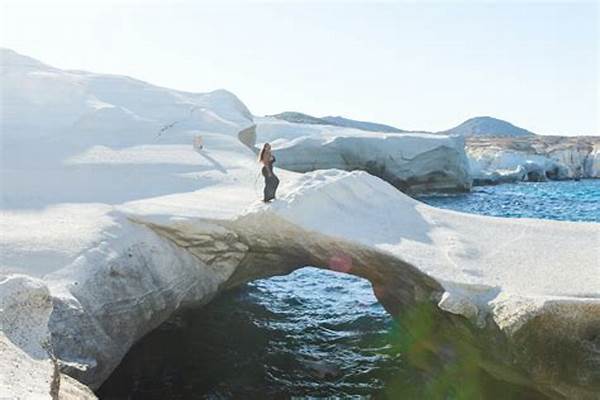Imagine a serene escape, a place where nature meets the city in perfect harmony, a sanctuary in the hustle and bustle of New York City. Welcome to Riverside Park in Manhattan—a historic gem that offers stunning views of the Hudson River and an oasis of greenery in the midst of one of the world’s busiest cities. With its rich tapestry of history, Riverside Park not only provides an urban retreat but also tells a story that is as captivating as the city itself.
Read More : Sumatra Natural Tourist Destinations Sunrise Tours Admired This Year
As you wander through the meandering paths, you may not realize that this picturesque park has been shaped by both nature and human ingenuity over the decades. From its roots in the late 19th century to its present form, Riverside Park is a testament to visionary urban planning, community efforts, and the embracing of nature as a complementary force to human development. Dive into the compelling history of Riverside Park in Manhattan—a tale of rebirth, resilience, and the enduring spirit of New York City.
The Birth of a Park: Vision and Planning
The history of Riverside Park in Manhattan begins in the late 1800s, a time when New York City was rapidly expanding. As urbanization threatened to consume every available inch of green space, visionary city planners saw an opportunity along Manhattan’s western edge. The idea was to transform this overlooked riverside stretch into a public park, providing much-needed open space for city dwellers.
Frederick Law Olmsted, renowned for co-designing Central Park, took the lead in developing Riverside Park. His design philosophy emphasized natural landscapes, curved pathways, and panoramic water views. The park officially opened in 1875 and instantly became a cherished refuge for New Yorkers, blending Olmstead’s artistic vision with the natural beauty of the Hudson River.
Challenges and Renaissance of Riverside Park
Despite its early popularity, the history of Riverside Park in Manhattan is not without its challenges. Over the decades, the park faced deterioration due to neglect and the pressures of modernization. The Great Depression and budgetary constraints led to sections of the park falling into disrepair.
But as with many New York stories, Riverside Park’s fortunes were about to change dramatically. In the late 20th century, a surge of community activism and government investment fueled a revitalization movement. Today, Riverside Park is more vibrant than ever, with restored landscapes, improved amenities, and cultural programming that draws visitors from every walk of life.
Riverside Park’s Role in Community Building
Riverside Park is not just a place of leisure; it plays a pivotal role in community building. It serves as a venue for public gatherings, celebrations, and events that bring the community together. With sports facilities, playgrounds, and scenic spots for picnicking, the park is a versatile space for family outings, fitness activities, and even quiet contemplation.
The park’s transformation and sustained appeal stand as a testament to community resilience and collaborative efforts between the city and its residents. Through volunteer programs and partnerships, Riverside Park demonstrates how public spaces can thrive when nurtured by those who cherish them.
Read More : Running Trails At Riverside Park In Austin, Texas
Exploring the Modern Riverside Park
If you haven’t explored Riverside Park recently, you’re in for a treat. The history of Riverside Park in Manhattan is reflected in every corner—bridging the gap between past and present. From historic monuments that punctuate the lawns to modern installations and eco-friendly initiatives, the park is constantly evolving.
Must-See Attractions in Riverside Park
What Makes Riverside Park Unique?
The Legacy of Riverside Park
Riverside Park stands as a monument to visionary city planning and community activism. From its inception, the park has offered more than just a reprieve from city life; it symbolizes the enduring relationship between nature and urbanity. As a place of historical significance and modern vitality, the history of Riverside Park in Manhattan continues to inspire generations.
In Retrospect: Riverside Park’s Ongoing Impact
Today, Riverside Park is more than just a historical site; it is a cherished modern amenity that offers escape, inspiration, and community engagement. As urban landscapes continue to evolve, Riverside Park remains a quintessential example of how public spaces can enrich city life, celebrate nature, and foster community.
The Future of Riverside Park
As we look to the future, Riverside Park is poised to remain an essential part of Manhattan life. Ongoing projects aim to enhance sustainability and access, ensuring that it continues to thrive for generations to come. Its enduring legacy speaks volumes about the power of nature, community, and innovative city planning to create spaces that enrich the urban experience.
By exploring the history of Riverside Park in Manhattan, you not only learn about a beloved park’s past but also become part of its vibrant present and promising future. Venture into the park, and you’ll find yourself nestled in a story still being written—a story where history, community, and nature converge.



